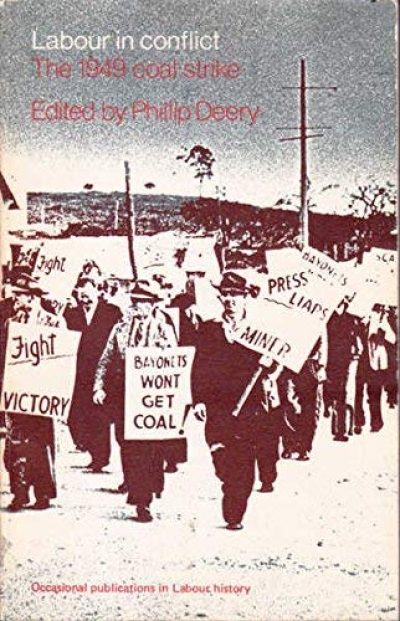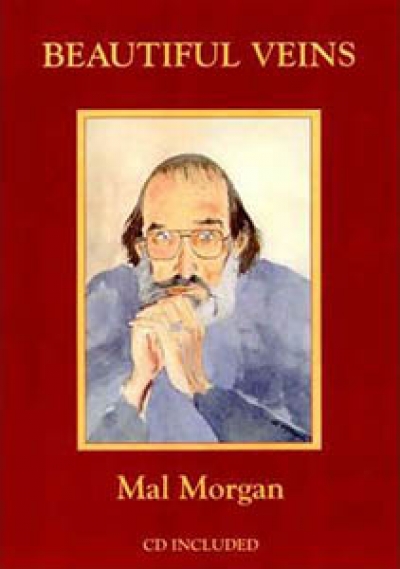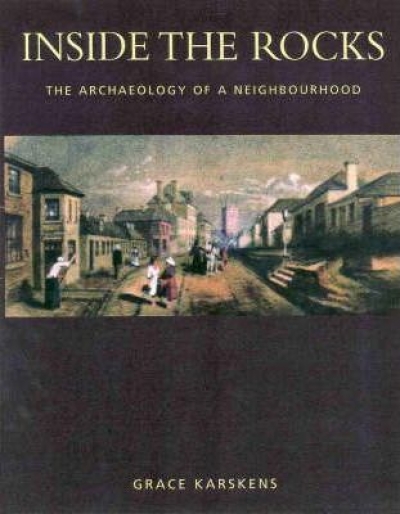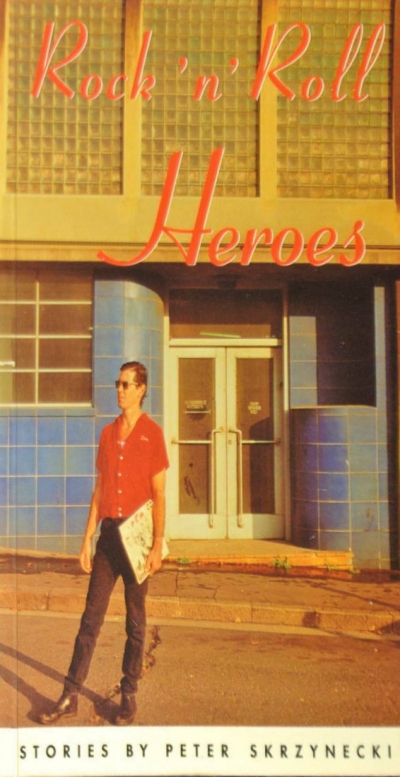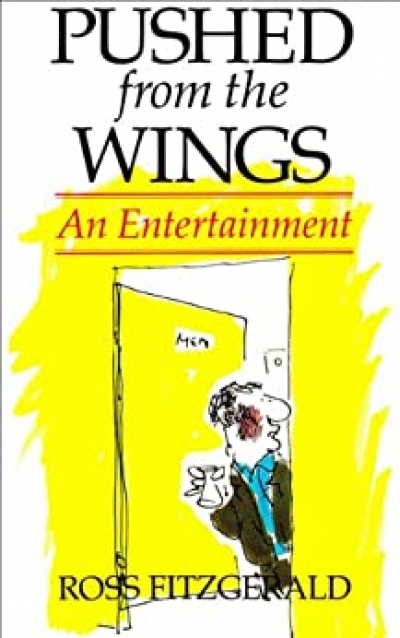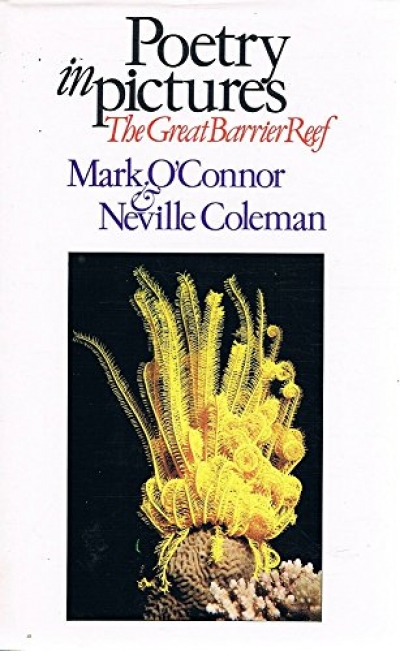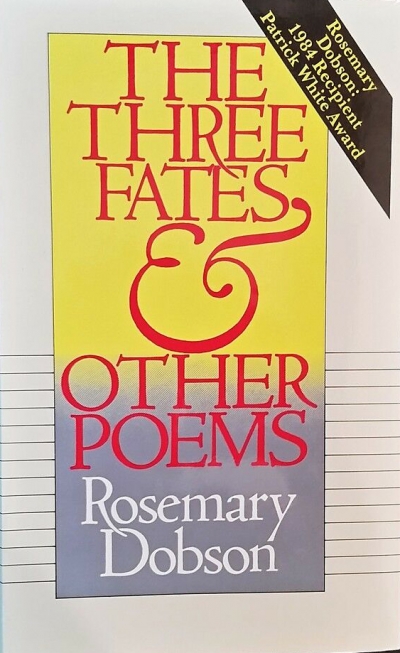Hale & Iremonger
Labour in Conflict: The 1949 coal strike edited by Phillip Deery
by Geoff Muirdon •
Beautiful Veins by Mal Morgan & Fighting in the Shade by Peter Kocan
by Martin Harrison •
Inside the Rocks: The archaeology of a neighbourhood by Grace Karskens
by Robyn Annear •
Michael Guest reviews 'Red On White' by Kit Denton, 'The Siberian Sparrows' by Ian Mcfarlane, and 'A Drop in the Ocean' by Steve Wright
by Michael Guest •
Critically reviewing a populist genre novel requires a particular cribbing, a playing off against deep-seated transcendental notions of literature that tend to motivate pronouncements upon the relatively good and bad points.
... (read more)Simon Patton reviews 'The Earthquake Lands' by Hal Colebatch, 'The Winter Baby' by Jennifer Maiden, and 'To the Ocean & Scheherazade' by Richard Allen
by Simon Patton •
One of the challenges confronting the writer of poetry is the balancing of public and private modes in an engaging and satisfactory whole. In these three collections the precarious possibilities of balance, of confiding and confronting, are attempted in very different ways.
... (read more)Pushed from the Wings: An entertainment by Ross Fitzgerald (illustrated by Alan Moir)
by Paul Marriott •
Poetry in Pictures: The Great Barrier Reef by Mark O’Connor and Neville Coleman
by Chris Tiffin •
The Typewriter Considered As Bee-trap by Martin Johnston & Fast Forward by Peter Porter
by Evan Jones •

